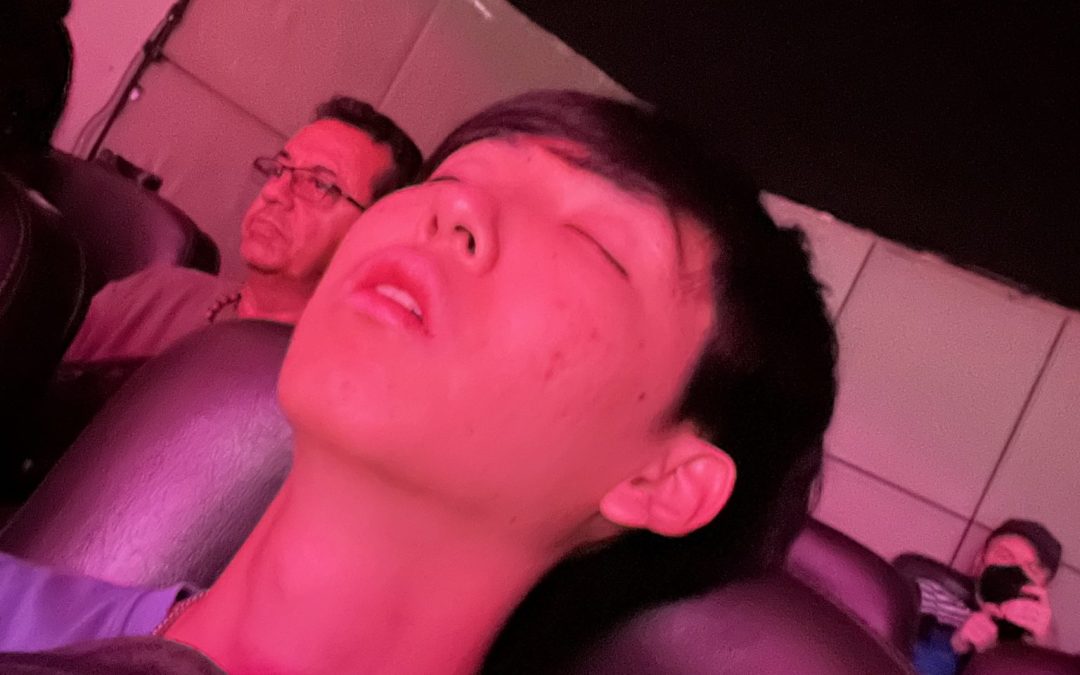As I took my first steps out of the plane in Chiang Mai, all I could think about was how tired and nervous I was. In the morning, I was to present my gecko project in front of a room full of experts, and I had only just put the finishing touches on my PowerPoint slides.
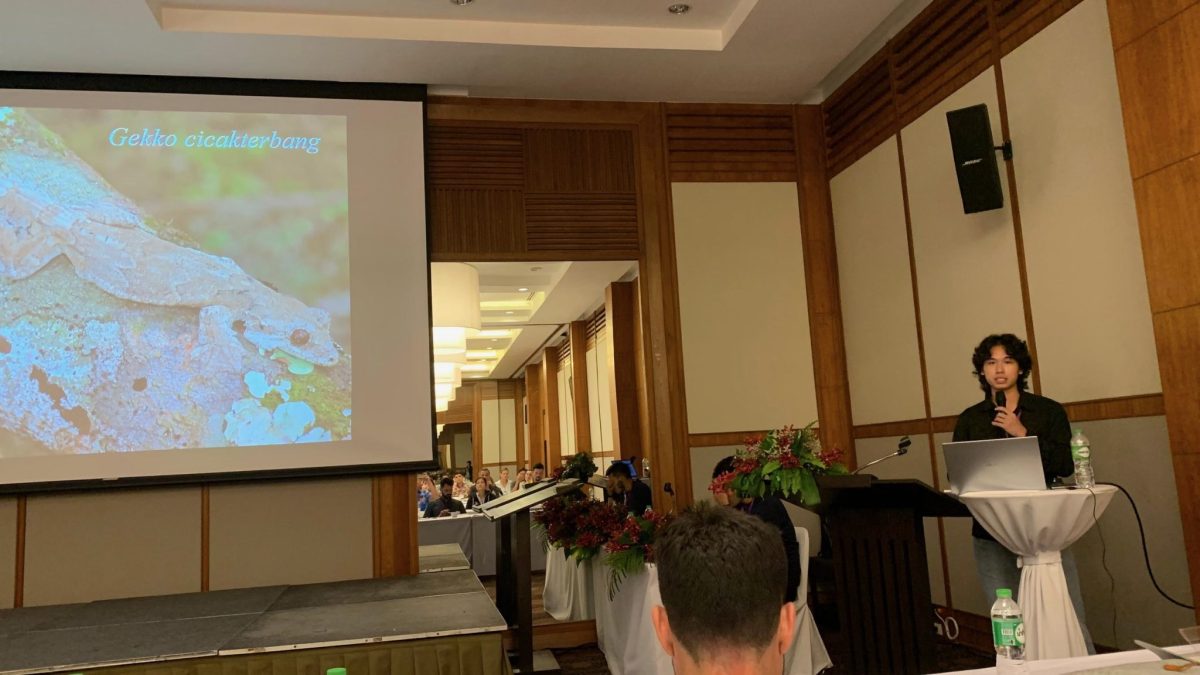
As my professors, lab mates, and I made our way to the hotel, I was awestruck by Thailand’s urban contrast. Having grown up in California, everything within a three-hundred-and-sixty-degree radius is caked in a layer of brown year-round. But here, my eyes became lost in a vast sea of green that seemed to stretch its fingers into every corner of my periphery. Walking around Chiang Mai, nature gave way to a bustling urban sprawl of street vendors and endless traffic. The loud buzz of “tuk-tuk” motorbike-cab hybrids filled the streets at all hours of the day and night and soon became background noise to me as I explored the city alongside my labmates Jeren Gregory and Sarah Goymer.

Despite being with a group of seasoned travelers to Thailand (my professors Jesse and Lee Grismer), we still found ourselves doing the touristy thing: consuming copious amounts of food for the sake of food because it was cheap. I was often humbled when I learned that a “regular” level of spice in Thailand was the equivalent to “burn-your-face-off-call-your-mom-crying” spice back at home. Still, the restaurant owners and waiters kindly tried to warn me, but I never listened, and I, alongside my toilet, paid a dear price. What struck me most about Chiang Mai was the incredibly open and accepting LGBTQ+ culture they have. I got to speak with many people and hear their stories about moving to Thailand because it was a safe haven in Asia for them. Their stories gave me a greater appreciation for my time in Chiang Mai. I began to realize that the value of my time in Asia would be not just in the places I visited but in the people I met.
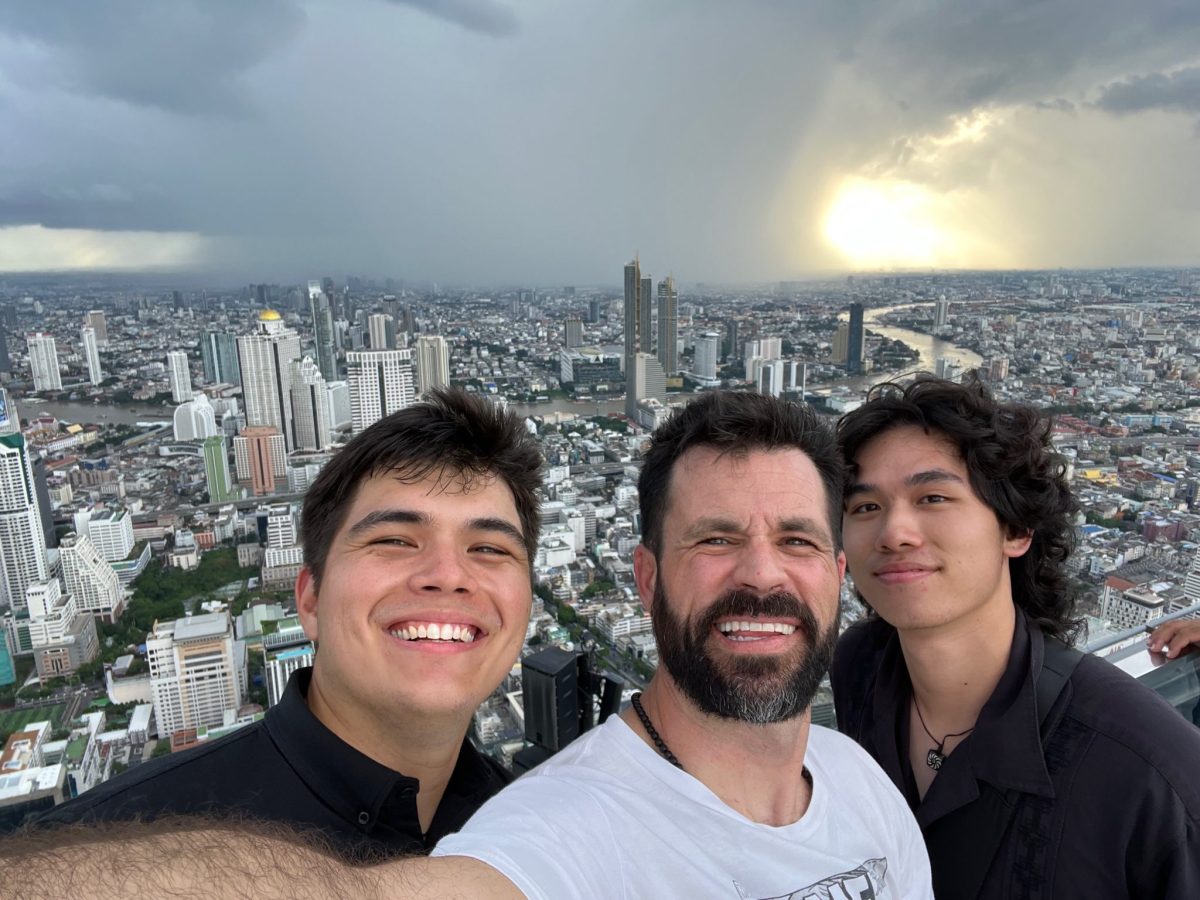
Several days of eating later, our group ended up in Bangkok, where we got to meet and tour Bangkok’s Chulalongkorn University, eat more good food, and be tourists for a little while. Despite the chaos of the urban jungle in Bangkok, I found a sense of deliberate presence among everyone I met, which I’m told is related to the Buddhist culture in Thailand. Every interaction someone had with me felt intentional, whether it was with a decorated professor or a street vendor selling sausages. Bangkok never felt rushed or chaotic – it felt gentle, welcoming, accepting, kind, and most of all present.
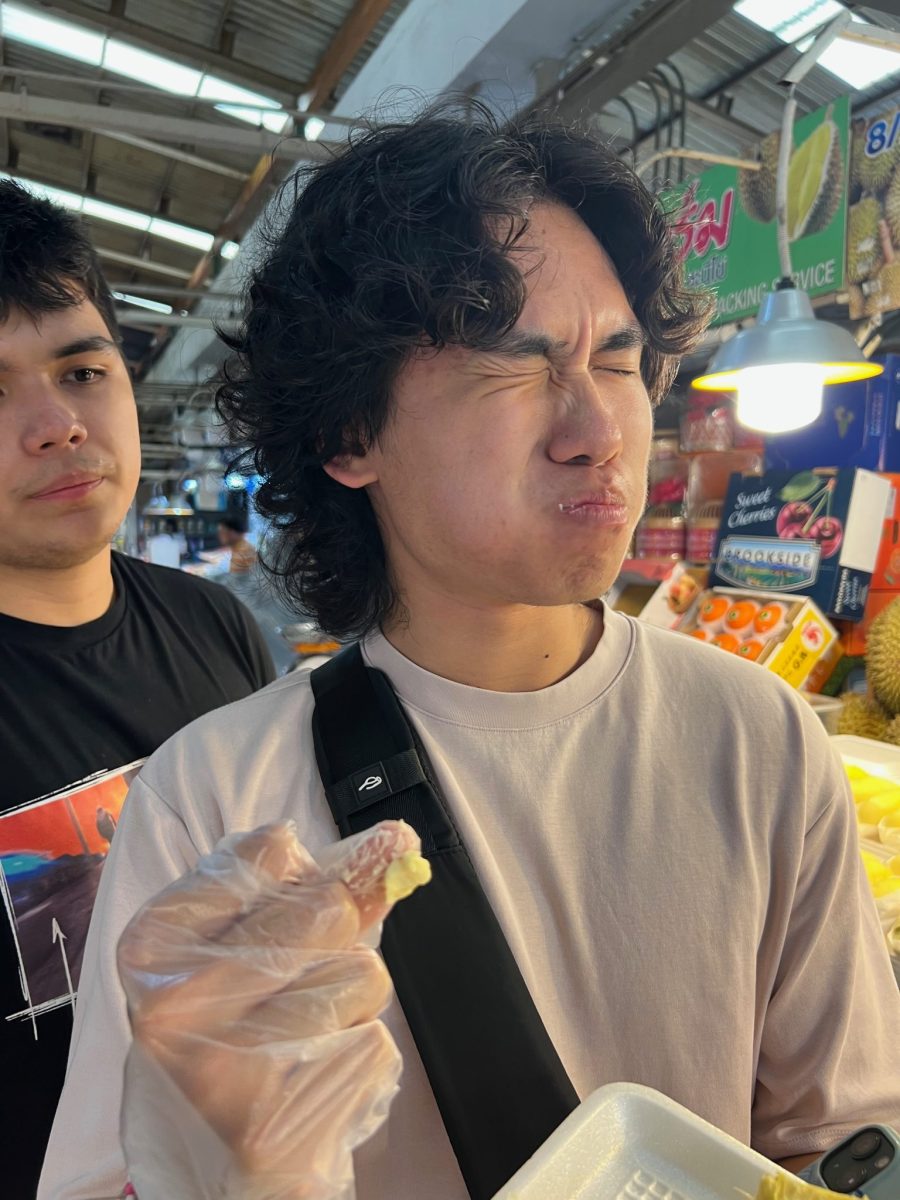
This starkly contrasted with the next leg of my trip – Vietnam. I landed in Saigon with my bags and E. coli in my stomach, courtesy of Bangkok. Despite having the same population size and a lower population density than Bangkok, Saigon felt much more chaotic and rushed. Over the next week, I hopped back and forth from Saigon to Hue (central Vietnam), then to Hanoi. While Thailand felt relatively homogeneous, Vietnam felt like I was visiting three different countries. In the South (where Saigon is located), I experienced a more rushed, chaotic city filled with tourists and rich Vietnamese kids. In the Central region of Hue and Da Nang, the vibe was more laidback as the towns were nestled right next to the beach and within the countryside.

It was also interesting to be immersed in the language of the Central region as the accent is so different from that of the Northern and Southern regions. I often had a hard time understanding what people were saying, even if it was in Vietnamese, because of the heavy Central accent. The Northern regions of Hanoi, Lao Cai, and Sapa were also very distinct. Hanoi felt like a more cultured Saigon (please don’t sue me, Southerners, I promise you I’m also from Saigon), with its heavy French architecture and immaculate cuisine. Hanoi also boasted the best Vietnamese food I’ve ever had in my entire life (which is definitely saying something because I’m pretty particular about my Vietnamese food). It made almost everything I ate in Saigon feel like a McDonald’s.
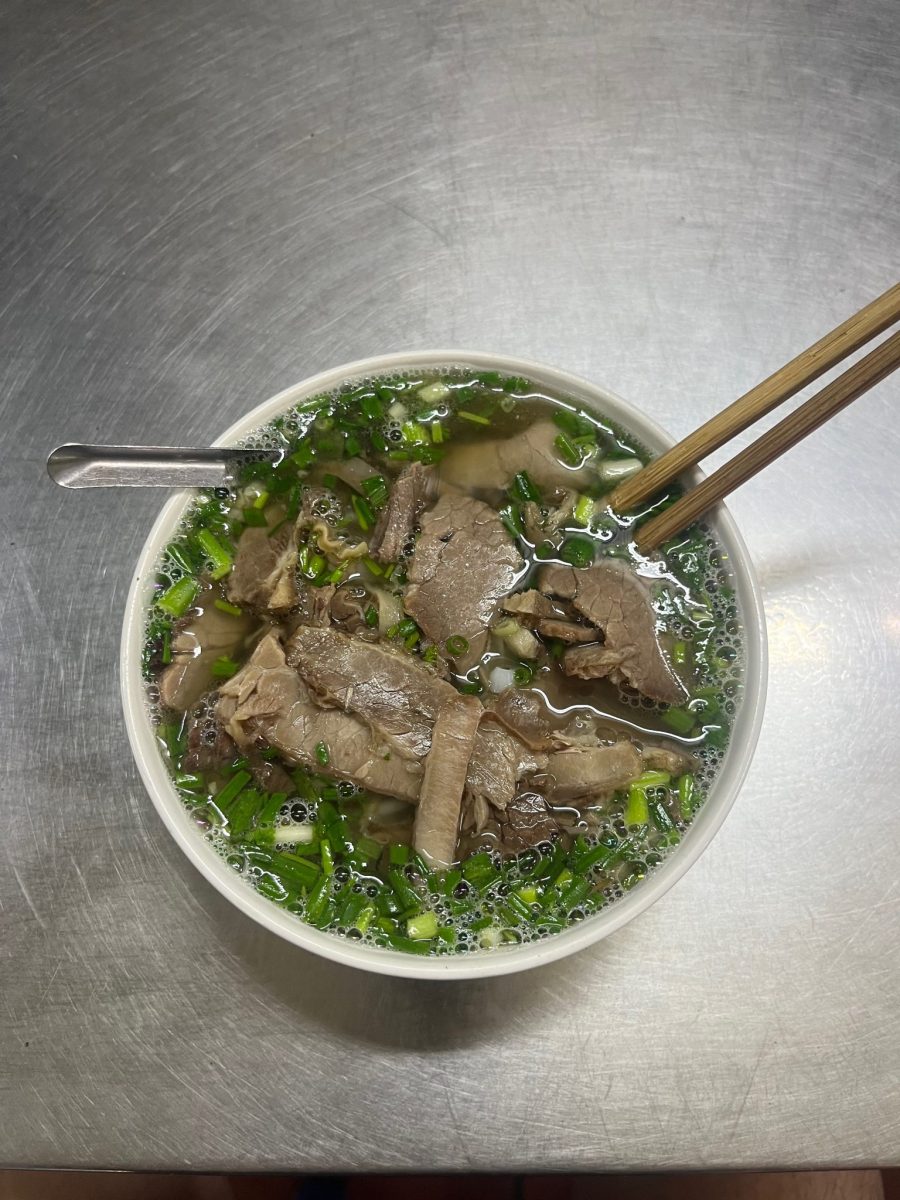
Lao Cai, which borders China, offered me a firsthand look at how trade operated between China and Vietnam. The city was dotted with factories from companies like Foxconn (chip manufacturer for Apple) and H&M. Growing up in a family of Southerners, I came to Northern Vietnam with a lot of negative preconceptions; however, everyone I encountered was charming toward me despite my Southern accent even more so than when I was in Saigon.
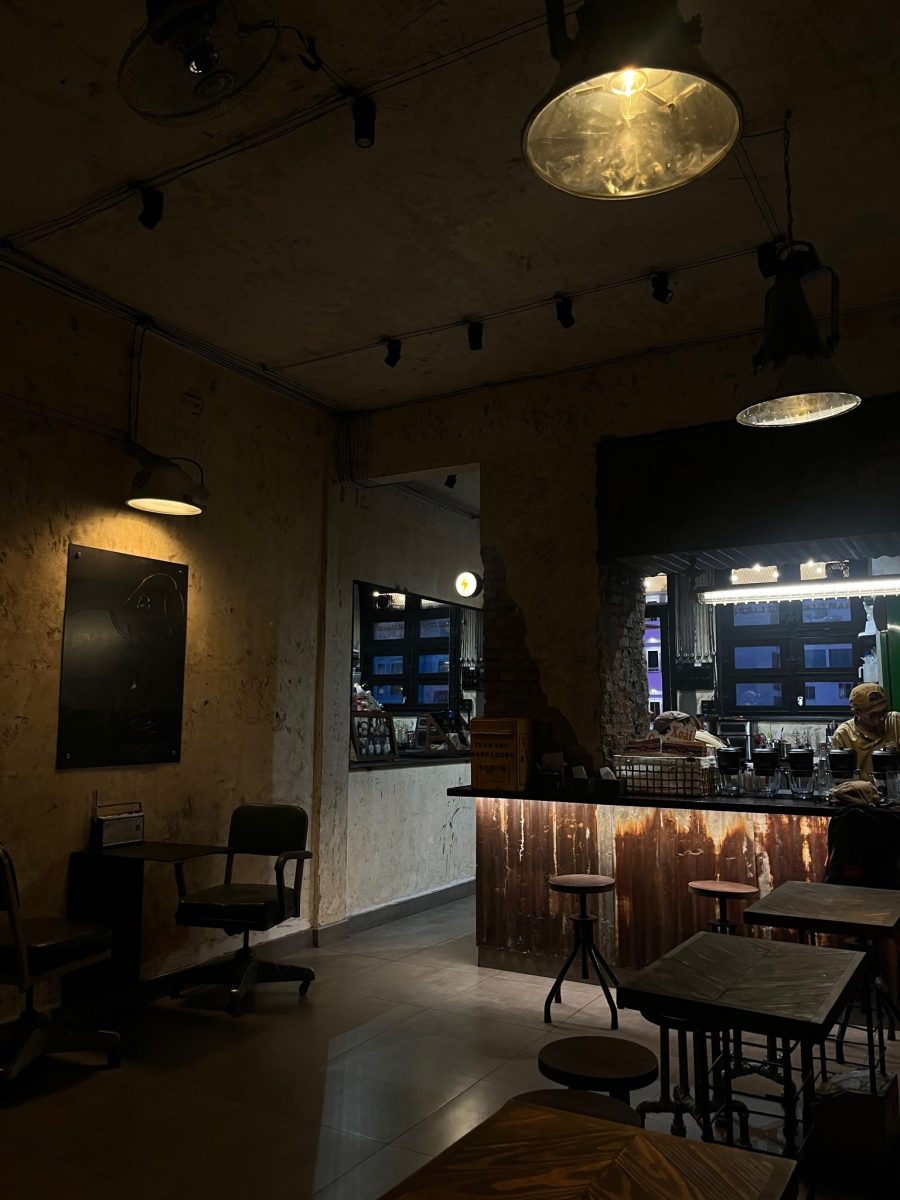
As the son of two Southerners who came from Saigon, I thought I would feel more at home in Saigon. Walking along the cracked concrete streets, I could not help but feel out of place. Despite being entirely Vietnamese, I stuck out like a sore thumb everywhere I went. From the way I dressed to the way my hair was done – there was little about me that felt “Vietnamese.” It was the first time I had ever been called “Việt Kiều,” a term for Vietnamese people living outside of Vietnam. People were often surprised when I would respond to their questions in perfect Vietnamese, and most assumed I was Japanese or Filipino. Back in the United States, I never felt “at home” in most spaces because I rarely encountered other Vietnamese people in Riverside. This experience made me realize that the only place I ever truly felt “home” was in Little Saigon. Even Saigon, where my family roots were, felt like a foreign territory – I was a tourist in my own country.
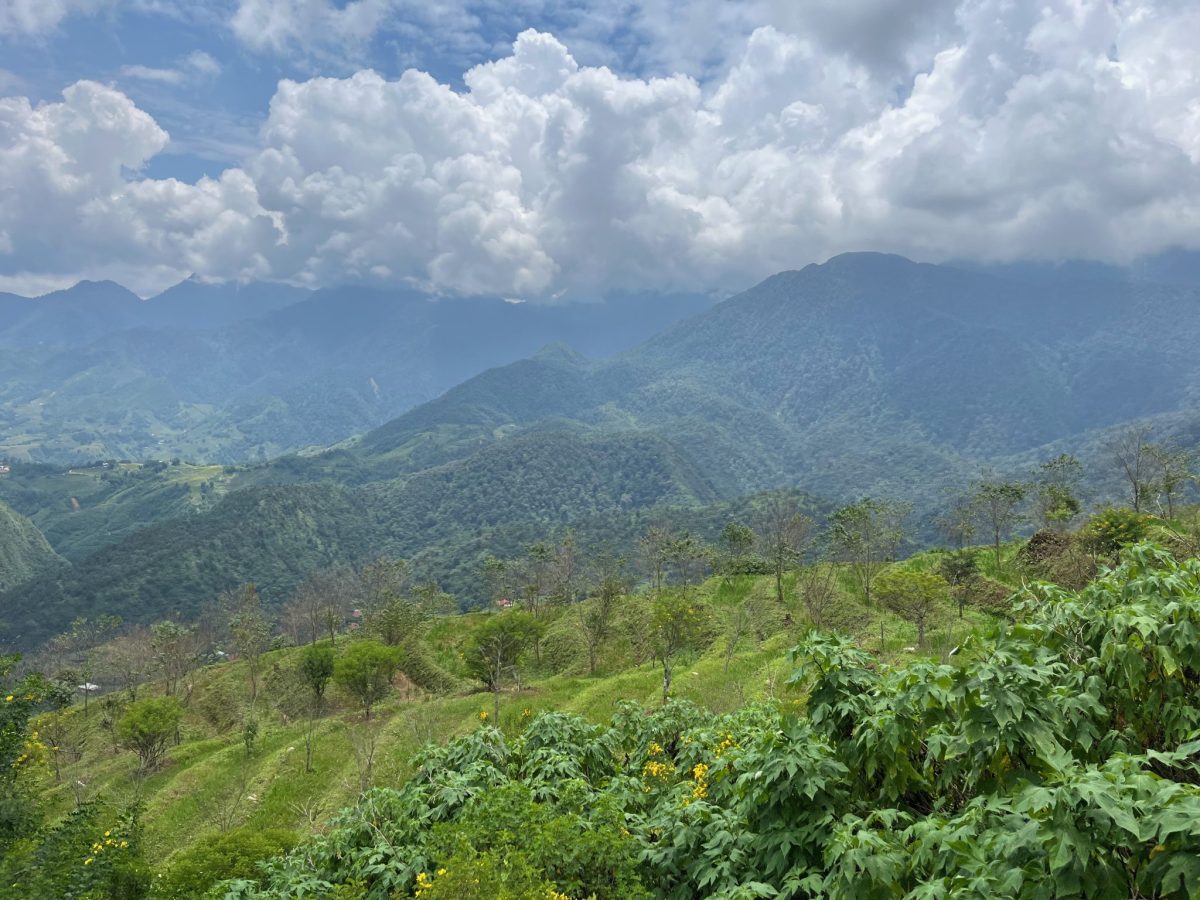
Before I could fully process this experience, my time in Vietnam ended. I traveled to Singapore to reunite with my Honors cohort. Singapore was a completely different experience from anywhere I had ever traveled before. When I first arrived at the Changi airport and stepped out into my Grab, I felt like I was in a video game utopia. As I was admiring my surroundings, our car passed by two armed police officers brandishing fully automatic weapons, a reminder to all those who arrived that Singapore’s perfection was a privilege and not something to be taken for granted. Reuniting with my classmates was much more welcoming than I had expected after being alone for so long. We received our first City As TextTM assignment and very quickly decided to go in the opposite direction that the assignment detailed and ended up in Chinatown, where I stumbled upon a Tintin store, where I spent way too much time and money (thanks, Jerome). After a brief excursion around Singapore that took us to Gardens by the Bay, we returned to our hotel for a very gentle verbal lashing from Oliver (the first of several on this trip).

With our tails tucked between our legs, we flew to Kuching. I was extremely excited to experience Malaysia as my father had lived there for about a year as a refugee after escaping from Vietnam. As we landed in Malaysia, I could not help but be reminded of Vietnam. Kuching reminded me of the Northern Vietnamese countryside with its lush green forests and humid weather. The diversity of cultures in Malaysia began to strike me in Kuching, and this particularly manifested itself in the cuisine we were exposed to. Kuching boasted some of the best Indian and Japanese food I’ve ever had in my entire life. It was also the first of many times our cohort was exposed to Nasi Lemak and Laksa, two of my favorite Malaysian dishes. We went on a tour of a cultural village in Kuching, but where I saw the most diversity was just a short walk from our hotel. We were right next to India Street, just a short walk from a Christian and Chinese cemetery, just a stone’s throw away from a large mosque. In a less than one square kilometer radius, there was more diversity in culture, religion, and cuisine than I had ever seen before. The colonial vestiges were still interestingly present in Kuching, and we encountered them firsthand when we visited Fort Margherita, which was formerly used by the British occupation.

After a few days in Kuching, we traveled to Georgetown, where I experienced the nighttime food scene in Malaysia for the first time. Near our hotel, there was a huge nighttime street food scene that traveled around different neighborhoods in Georgetown throughout the week. Following a lead from a Grab driver, we were able to visit these street vendors at night (before curfew, of course) and ate to our heart’s content. One night, while we were venturing into a neighborhood (before curfew), I discovered many Vietnamese workers living in the area. Although I had just been in Vietnam a few days prior, it was strange to hear my mother tongue being spoken so frequently and openly in Malaysia. The area was far from the bustling shopping center/hotel hybrid we were staying in. Several hundred families were stacked into high-rise apartment complexes, which formed small ethnic communities. It was interesting to see and made me pay more attention to where people lived based on their social status and ethnicity in Malaysia. I began to notice that these areas were more heavily populated with minority groups like Vietnamese and Indians, who tended to work in the service and hospitality industries. I continued to look for these patterns throughout the rest of my time on the Honors trip.

After Georgetown, we went by bus to Kuala Lumpur, a far cry from Georgetown and Penang. It was a bustling, modern metropolis that retained its rich history within its ethnic enclaves. My cohort took a short day trip to the Brickfields in Kuala Lumpur, where a large Indian population resided. Low-rise apartment buildings were jam-packed next to one another with mom-and-pop shops at their base. Seeing the Brickfields juxtaposed against the sprawling skyscrapers of Kuala Lumpur’s skyline was a strange sight. It felt like part of the city had been constructed around the Brickfields. We also had the opportunity to travel to the Batu Caves, which was not only a major tourist attraction but also an important Hindu religious site that contained several beautiful temples. Walking around with Dr. Kokhan at Batu Caves was a treat as we heard him talk about the symbolism behind the construction of the temples and the ceremonies being conducted.
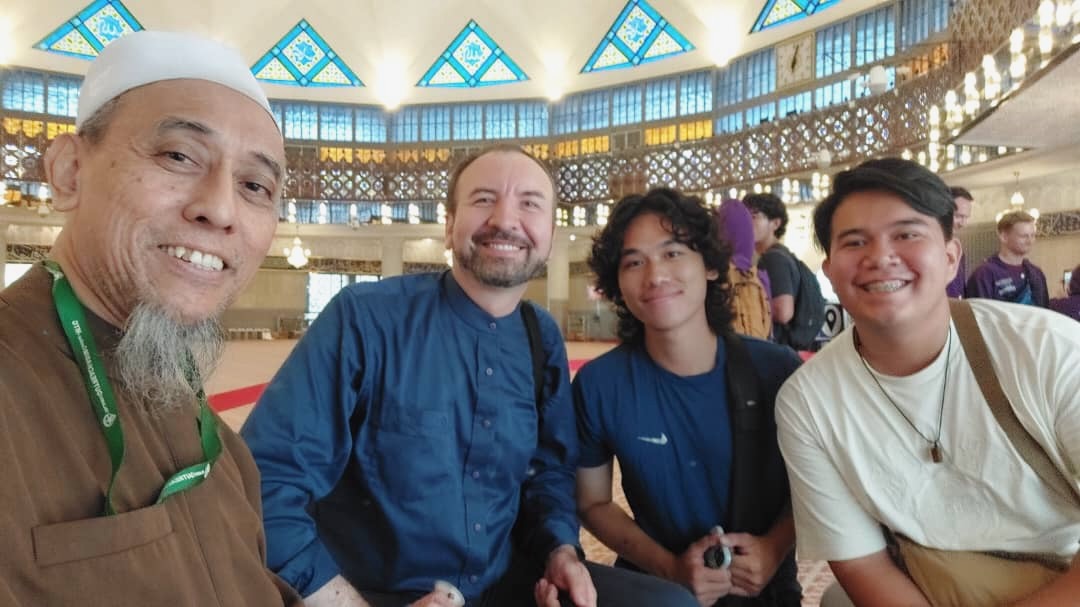
After only a day or two in Kuala Lumpur, we finally arrived in Singapore for the final week of our trip. One of my fondest memories from my time in Singapore was being forced to navigate the city by map to get around for a City as TextTM assignment in nearly 100-degree weather and then walking to Gardens by the Bay for another three hours. Some of the best sleep I’ve ever gotten was in Singapore.
They say you’ll never get the same ending if you read the same book twice. This was not the case for Singapore; even after a whole week of immersing myself in all that Singapore had to offer, exploring residential and urban areas, and speaking to countless people, I still felt like I did not have a good grasp of the city. Parts of Singapore reminded me of Kuala Lumpur, with its sprawling skyscrapers, while other parts of the town were reminiscent of Kuching, like the Bukit Batok Nature Park. It was a heterogeneous city with distinct Chinese, Malay and Indian populations mixed in certain areas but mostly remained separated into different enclaves throughout the city.
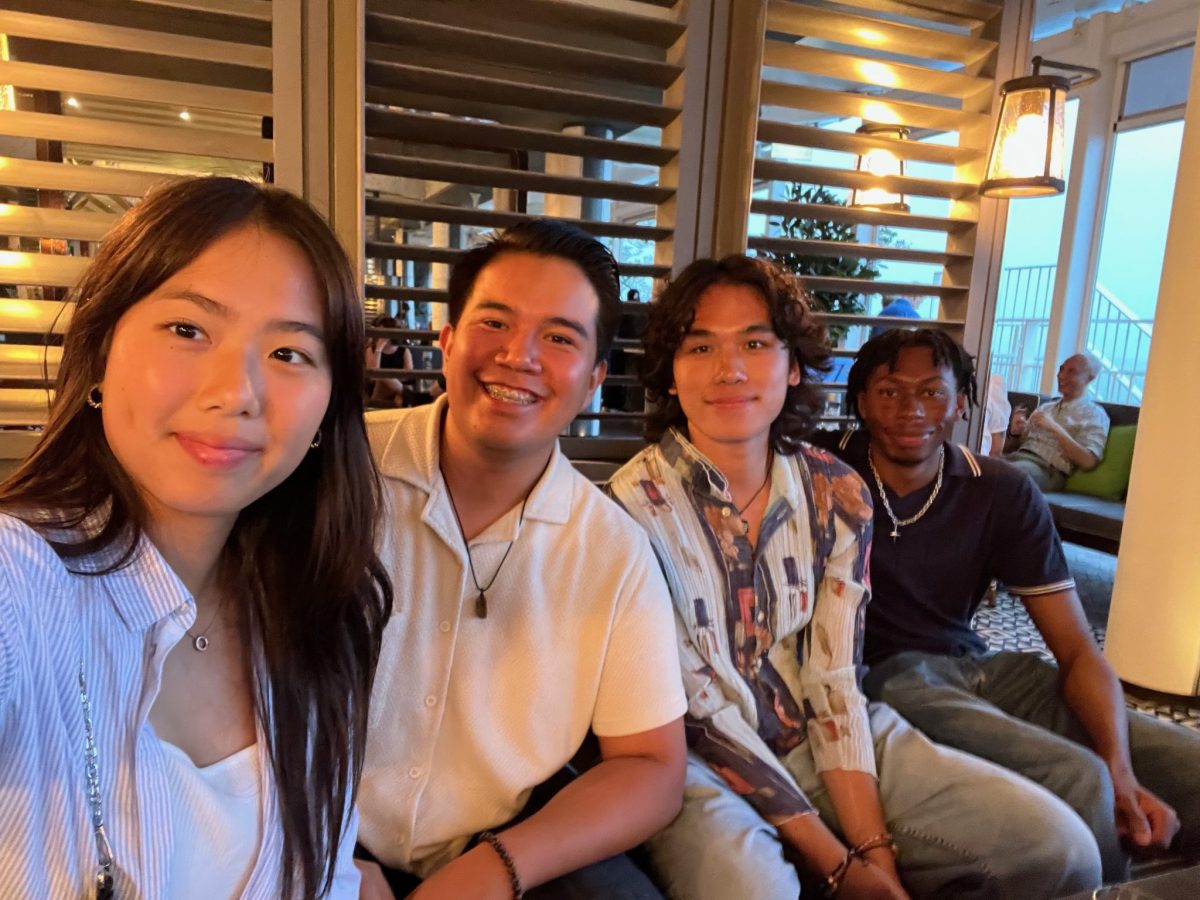
Overall, my time in Asia opened my eyes to the world in many ways. It led me to question my identity, appreciate different cultures, and experience a corner of the world that has influenced my heritage in many ways.
—Eddie Nguyen, Class of 2026: Biology/Pre-Dentistry

